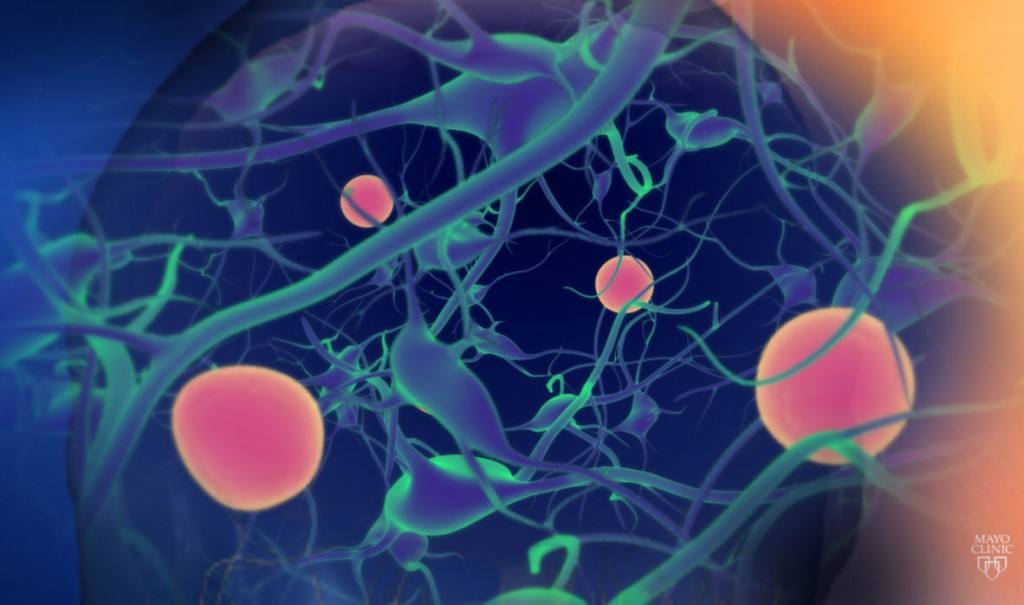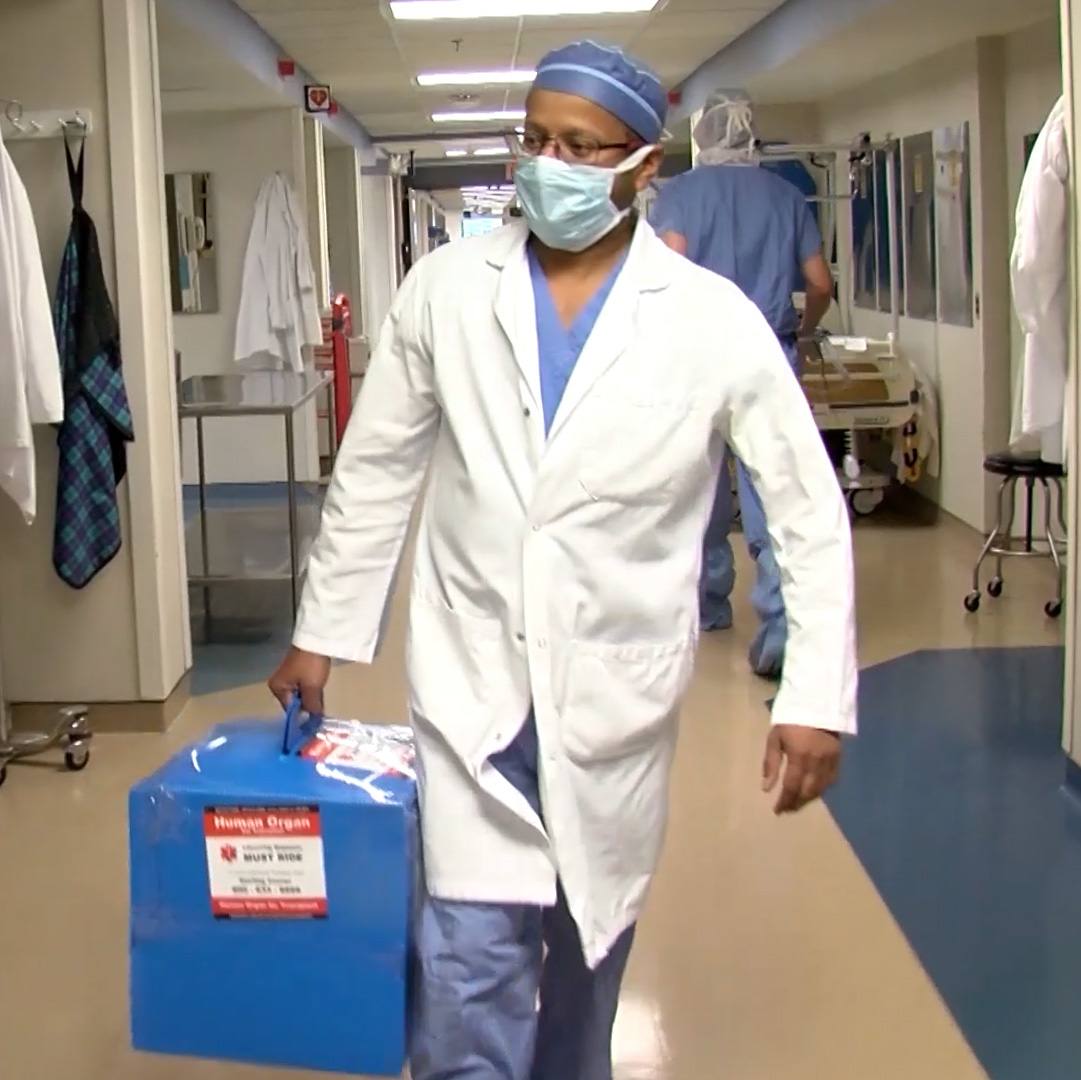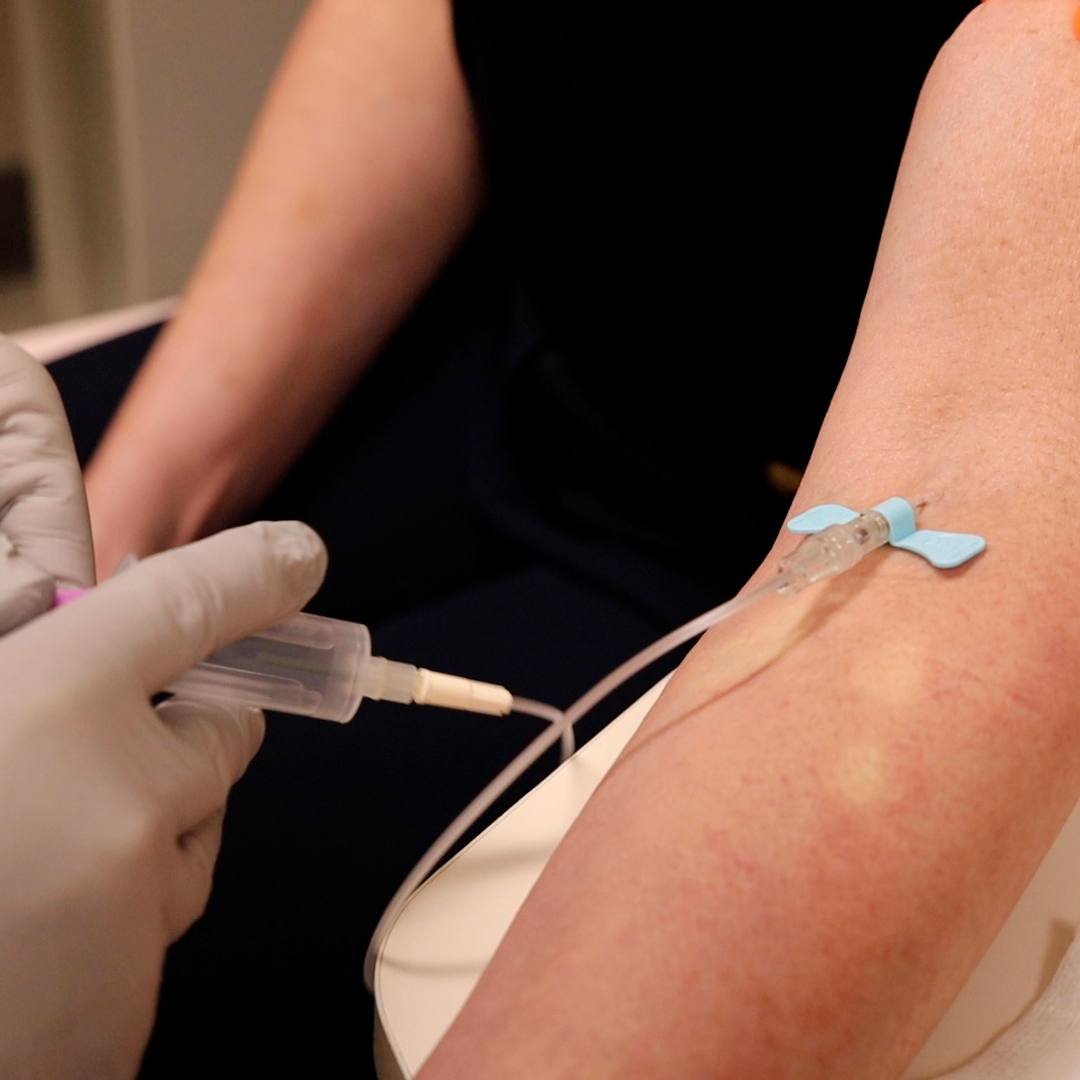-
Health & Wellness
Consumer Health: What do you know about Lou Gehrig’s disease?

May is ALS Awareness Month, which makes this a good time to learn more about Lou Gehrig's disease, which is also known as amyotrophic lateral sclerosis, or ALS.
Amyotrophic lateral sclerosis is a progressive nervous system disease that affects nerve cells in the brain and spinal cord, causing loss of muscle control. More than 5,000 people are diagnosed with amyotrophic lateral sclerosis each year, and the average life expectancy is two to five years, according to The ALS Association.
Amyotrophic lateral sclerosis often starts in the hands, feet or limbs, and then spreads to other parts of the body. As the disease advances and nerve cells are destroyed, muscles weaken. This eventually affects chewing, swallowing, speaking and breathing.
Signs and symptoms of amyotrophic lateral sclerosis vary greatly from person to person, depending on which neurons are affected. Signs and symptoms can include:
- Difficulty walking or performing normal daily activities.
- Tripping and falling.
- Weakness in the legs, feet or ankles.
- Hand weakness or clumsiness.
- Slurred speech or trouble swallowing.
- Muscle cramps and twitching in the arms, shoulders and tongue.
- Inappropriate crying, laughing or yawning.
- Cognitive and behavioral changes.
Amyotrophic lateral sclerosis is inherited in 5% to 10% of people diagnosed with the disease. In most people with familial amyotrophic lateral sclerosis, their children have a 50-50 chance of developing it, as well. For the rest, the cause isn't known.
Besides heredity, other established risk factors for amyotrophic lateral sclerosis include:
- Age
The risk of amyotrophic lateral sclerosis increases with age. It's most common between the ages of 40 and the mid-60s. - Sex
Before 65, slightly more men than women develop amyotrophic lateral sclerosis. This sex difference disappears after 70. - Genetics
Some studies examining the entire human genome found many similarities in the genetic variations of people with familial amyotrophic lateral sclerosis and some people with noninherited amyotrophic lateral sclerosis. These genetic variations might make people more susceptible to amyotrophic lateral sclerosis.
No cure or treatment can reverse the damage of amyotrophic lateral sclerosis. However, treatments can slow the progression of symptoms, prevent complications, and make life more comfortable and independent, though. These treatment can include medications; breathing care; physical, occupational and speech therapy; and nutritional support.
Related Articles







